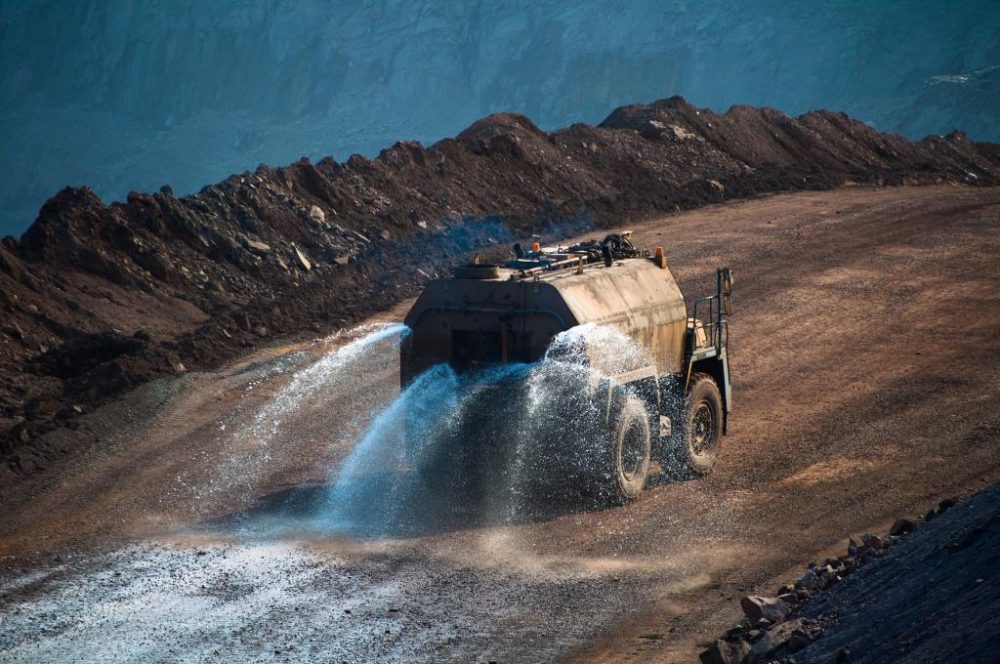
Last year, when visiting a wholesaler’s distribution center (DC), I watched personnel spend an afternoon unloading boxes from a tractor-trailer in nearly 40℃ heat. I could tell they were not happy, and you had to feel some empathy for their challenges.
It suddenly occurred to me that instead of just thinking about how to design DC/warehouse space around robots, robots are now being built that are able to operate more on our terms, in our spaces, and in our environments.
The situation I was observing just amplified how robotics are now being designed to handle the tough, often menial, and often accident-prone tasks at warehouses.
The seeds of change
Robotics and other forms of automation are not new to logistics. We have conveyor belts, scanners, and other innovations that have helped automate and accelerate for decades.
The obsession with speed is characteristic of the distribution industry. But the pace of investment and change – fuelled by the pandemic-era e-commerce boom, a tight labour market, and a fragile supply chain – has taken off in recent years.
Most experts say robotics will change how warehouses are operated and designed. Some say that we’re entering a golden era.
The seeds of the surge in warehouse robotics were actually planted during the 2008 recession, when carmakers, who depend heavily on robotics, dealt with a significant and prolonged downturn.
But unlike repetitive assembly line manufacturing, warehouses demand a considerable degree of flexibility.
Only recently have systems like visioning and artificial intelligence (AI) become cheaper and powerful enough to sort the tens of thousands of different products streaming through a DC/warehouse.
This technological leap is part of a larger embrace of robotics. In fact, the robotics industry saw a 28 per cent jump in purchases from 2020 to 2021, according to the Association for Advancing Automation.
The technology is becoming more affordable and is filtering down through the distribution industry, beyond the big US players like Walmart and Amazon. It’s predicted that there will be a 25 per cent increase in robotics and automation investment reported for 2022’s year-end.
Although seemingly fuelled by distribution giants like Amazon, and others who saw logistics as ripe for innovation, these big players have essentially helped supercharge distribution’s turn toward automation.
Other organisations (large and even smaller) with a significant “labour content” also have a different perspective; making these jobs safer and more secure while still being focused on using robotics as a cost-saving measure, reducing aspects of human labour in an industry focused on that for decades, but doing so, not always by “cutting heads,” in a tight labour market.
The adoption of robotics in DCs and warehouses will increase by 50 per cent or more in the next five years, according to surveys taken by the Materials Handling Institute (MHI), a trade association for the material handling, logistics, and supply chain industry.
The goal is the “mechanical orchestration” of workflow, in which a team of autonomous mobile robots (AMRs), steered by sophisticated software and artificial intelligence, can move pallets, cartons, and piece-pick products in a seamless environment in collaboration with the appropriate positioning of warehouse associates.
And this includes just about all the common warehouse functionalities, from receiving and put-away to picking, order staging, and shipping, as well as a myriad of other product transport requirements typical of DCs and warehouses.
You know, Netflix was the only company that could figure out streaming video, until suddenly it wasn’t. So, I see an emerging middle class of robotics users in the distribution industry. Other companies of all sizes will start to catch up.
These collaborative robots or cobots, which can look like a bin-carrying Segway, move back and forth among workers throughout the facility, significantly reducing the walking for warehouse associates.
With these robots bringing cheaper and quicker ways to deploy, some robotics providers have even introduced robots as a service (RaaS) business model, leasing these machines to warehouse operators and reducing initial capital costs.
Moving forward
Automation is one major lever that companies can pull. Robots won’t replace workers in the near future, but rather make them more efficient and productive. Humans will be “crew chiefs,” commanding and maintaining teams of robots.
Robots can also help with your worker recruitment while closing the generation gap among warehouse workers.
It will improve the quality of experience for the workforce because instead of constantly walking and doing rote manual things, individuals will learn how to manage the robot to keep it up and running. It will create a career path, a more sophisticated skill set, and ensure the evolution of jobs does not leave long time workers behind.
Some experts believe that lights-out warehouses – run by robots around the clock without requiring air conditioning or lighting, generally tuned to human needs – will arrive within three to four years.
I am not completely sure about that time frame at all; rather, I need to notice more companies in the distribution industry who recognise the advantages. These advantages include increased efficiency, reduced costs, and a decrease in worker accidents—which amounts to be a proven potential for twice the increase in throughput—lowering the cost per transaction.
Now is the time…
Frankly, I do worry for those owners and senior operations managers who are not paying attention to this fast-moving trend. Why?
Because the DCs and warehouses that remain just “racks, carts, and clipboards” are just not going to be able to keep up with the service demands and cost factors to stay competitive.
It is urgent that we all take the time to learn more about robotics and consider its implementation. It won’t be long before robots reshape how we manage our DCs and warehouses.
This article was first published in ISSA Today and has been reproduced with permission.
Howard W. Coleman, principal at MCA Associates, a management consulting firm, works with wholesale distribution and manufacturing companies. He is also the creator and host of the “MCA Talk” podcast series, Distribution on the Cusp of Metamorphosis. Coleman can be contacted by email at hcoleman@mcaassociates.com.




